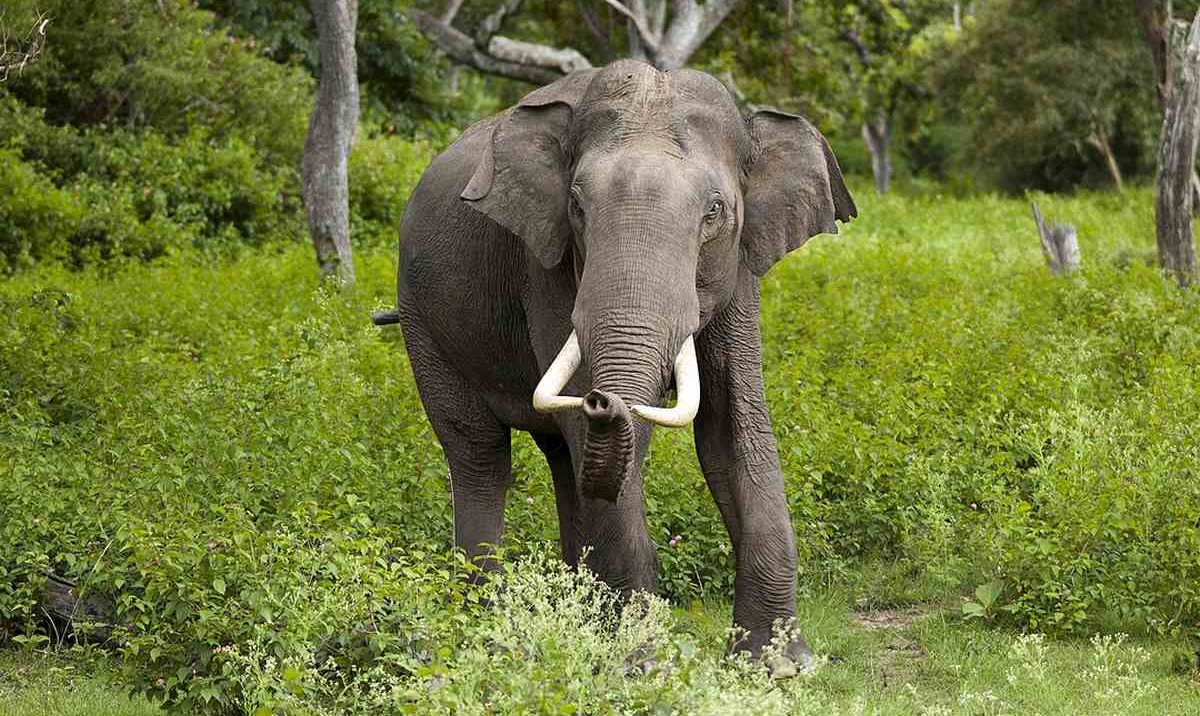LUBUMBASHI, Democratic Republic of the Congo — On Dec. 2, Togolese authorities intercepted 38 monkeys at the airport. They were being sent from Kinshasa, the capital of the Democratic Republic of the Congo (DRC), to Thailand and included at least two species classified as vulnerable by the IUCN. Thirty of these animals had not been declared upon leaving the DRC.
On Dec. 7, Togo repatriated the severely distressed animals to Kinshasa, according to a press release from the ICCN, the Congolese wildlife authority, on Dec. 19. Fourteen of them died at the Kinshasa zoo before the remaining 24 were transferred to an animal sanctuary in the southeastern city of Lubumbashi.
“The surviving animals were entrusted to us for rehabilitation so that they can one day return to the wild as we partner with the ICCN,” said Franck Chantereau, president of the J.A.C.K. Primate Rehabilitation Centre in Lubumbashi. He told Mongabay that the high mortality rate was due to the poor conditions in which the traffickers transported the monkeys.
The seizure illustrates weaknesses in inspection at the DRC’s borders. The live cargo departed from Kinshasa’s N’djili Airport and was transiting through Togo to Thailand. Among the animals intercepted were lesula (Cercopithecus lomamiensis), a species of guenon found only in the forests of the Lomami Basin which was not identified and formally described until 2012, and black crested mangabey (Lophocebus aterrimus). Both species have been classified as vulnerable by the IUCN.
Listed in CITES Appendix II, they can be exported from the DRC with a permit. However, Chantereau told Mongabay that the traffickers did not possess the necessary permits to export them. “When the animals arrived in Togo, the Togolese authorities and organizations fighting wildlife fraud realized that the animals in the crates did not match either the number or type of species authorized by CITES permits for export from the DRC. Therefore, they confiscated the animals.”
The majority of the animals in the shipment — thirty of them — had not been declared in the official documentation. The primary destinations for exports of monkeys from DRC include Thailand, Dubai and China, where wealthy people buy primates as pets, Chantereau said.


Evolving cover for illegal trafficking
According to Adams Cassinga, a Congolese activist and national coordinator at the nonprofit Conserv Congo, traffickers often use fraudulent documentation to smuggle protected species. Traffickers falsely describe the animals they’re exporting as unprotected species on the documents that are duly approved for transport by the authorized bodies. In this way, they can elude inspectors.
“It used to be great apes, gorillas and bonobos that were being sold. When the traffickers realized they had been found out, they started putting long-tailed macaques in the cages to distract from the big monkeys they were trafficking. This trick was also uncovered, and once again, they have changed their technique to falsifying the documents that are presented in inspections and clearance,” said Cassinga.
The trafficker has not been publicly named, but Cassinga told Mongabay that he is well known to wildlife protection organizations and the authorities. However, Cassinga says, no official action has been taken against him: “The person was only questioned.”
On Aug. 16, the U.S. Department of State banned three Congolese officials from the country for “significant corruption.” The State Department accused them of trafficking chimpanzees, gorillas, okapi and other species. Another source, who asked to remain anonymous, believes that the fraudsters are aided by collusion within the conservation agency and CITES in the DRC.
The ICCN did not respond to Mongabay’s requests for comment. Chantereau believes it is now important to strengthen surveillance measures, which involves increasing and training border inspectors and rangers. He noted, however, that the ICCN does not have enough rangers, and others are regularly killed in attempts to protect national parks.
“How are they supposed to recognize species if they are police officers trained in protecting people and their property?” he asked.
This article by Didier Makal was first published by Mongabay.com on 8 January 2024 | Translated by Lindsay Kaslow. Lead Image: Black mangabey (Lophocebus.aterrimus) Image by Nathan Rupert via Flickr (CC BY-NC-ND 2.0).
What you can do
Help to save wildlife by donating as little as $1 – It only takes a minute.







Leave a Reply